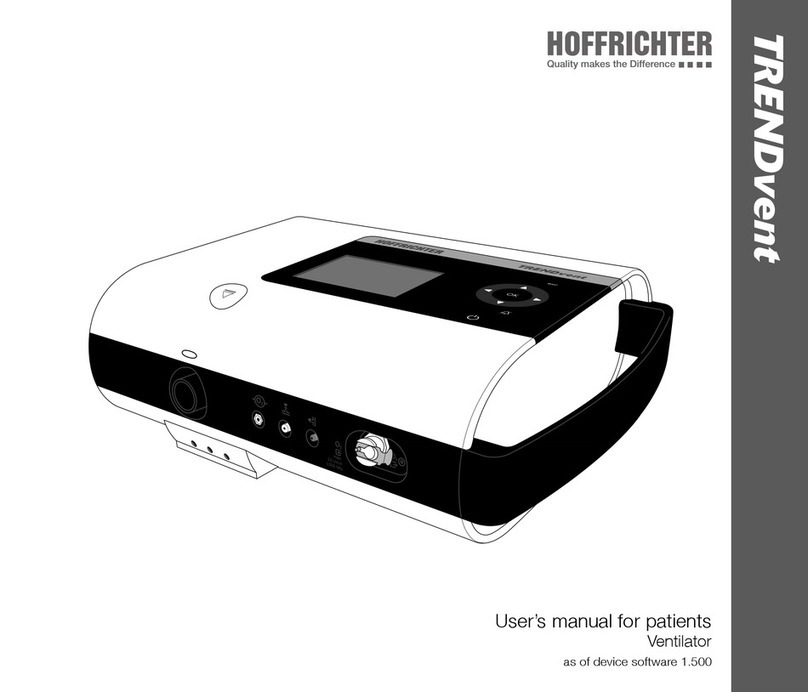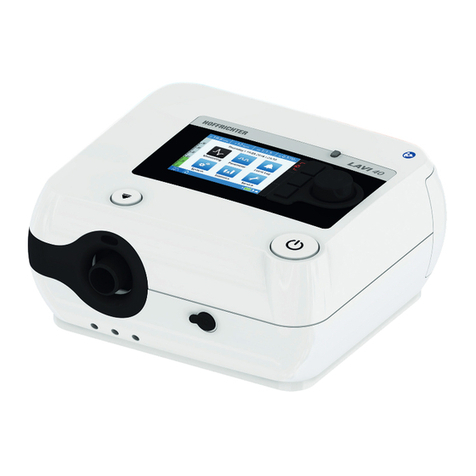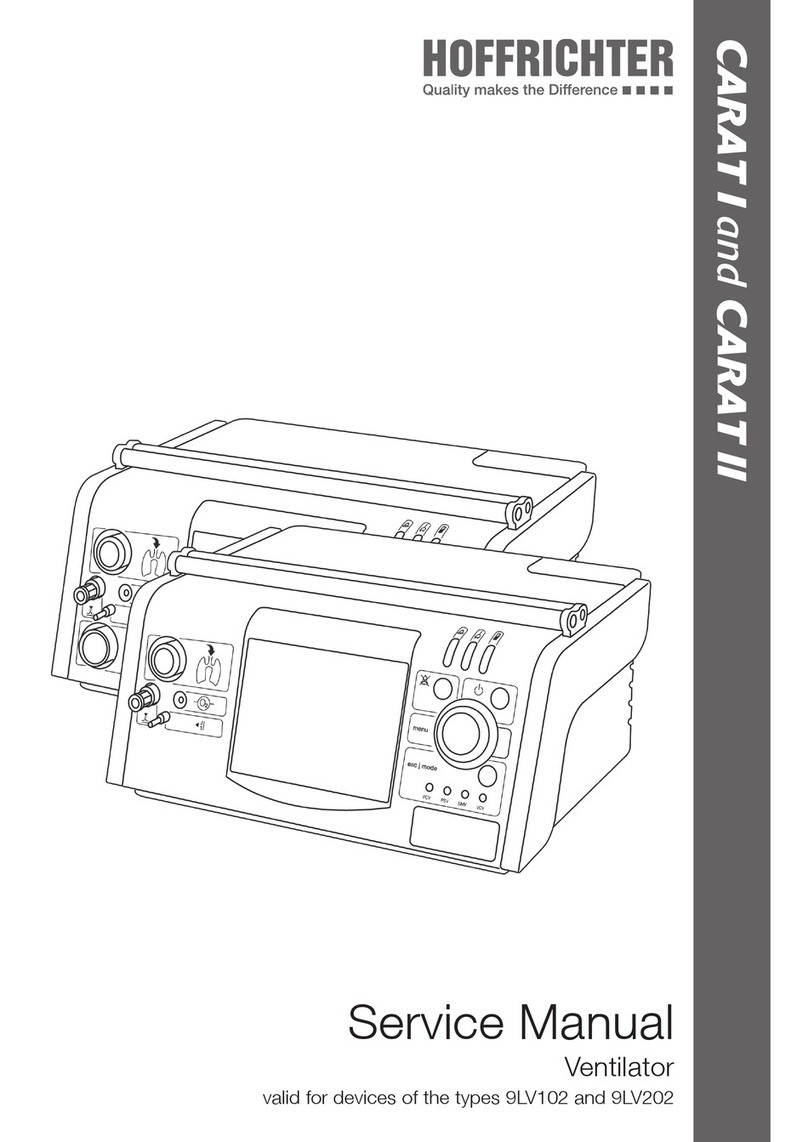- 2 -
CONTENTS
1 Symbols used in this service manual ..............................................................................4
2 Safety information ...........................................................................................................4
3 Maintenance, repair and safety-related check ...............................................................5
3.1 Maintenance.....................................................................................................................5
3.1.1 Maintenance schedule .....................................................................................................5
3.2 Repairs.............................................................................................................................6
3.3 Hygienic preparation.........................................................................................................6
3.4 Safety-related check.........................................................................................................6
4 Description of device.......................................................................................................7
4.1 Housing, display and control elements..............................................................................7
4.2 Operating unit...................................................................................................................9
4.3 Exploded view - General layout.......................................................................................10
4.4 Exploded view - Housing upper part ...............................................................................11
4.5 Exploded view - Front panel ...........................................................................................12
4.6 Exploded view - Back part..............................................................................................12
4.7 Exploded view - Air outlet unit.........................................................................................13
4.8 Exploded view - Battery pack .........................................................................................13
4.9 Cable connecting plan PCB controller.............................................................................14
4.10 Tube connecting plan .....................................................................................................15
5 Important components ..................................................................................................16
5.1 Block diagrams ..............................................................................................................16
5.1.1 Block diagram of compressed air distribution..................................................................16
5.1.2 Block diagram of entire device ........................................................................................17
5.2 Blower............................................................................................................................17
5.3 PCB DC-communication ................................................................................................17
5.4 Sensors / Valves (distribution of the compressed air)........................................................17
5.5 Power supply .................................................................................................................18
5.6 PCB controller (Control- and operating unit) ....................................................................18
5.7 Operating unit / Display ...................................................................................................18
5.8 Interfaces .......................................................................................................................18
6 Servicing .......................................................................................................................19
6.1 Preliminary steps ............................................................................................................19
6.1.1 Tools and measuring equipment .....................................................................................19
6.1.2 Unpacking and disinfecting.............................................................................................20
6.1.3 Checking for external damage ........................................................................................20
6.1.4 Data backup...................................................................................................................20
6.2 Opening and disassembling the device ...........................................................................20
6.3 Cleaning.........................................................................................................................21
6.4 Check the silicone tubes.................................................................................................21
6.5 Check the cables and connections .................................................................................21
6.6 Changing the 9V rechargeable battery ............................................................................21
6.7 Changing the batteries....................................................................................................22
6.8 Changingthelters.........................................................................................................22
6.9 Exchanging the blower box.............................................................................................22
6.10 Assembling and closing the device .................................................................................24






























